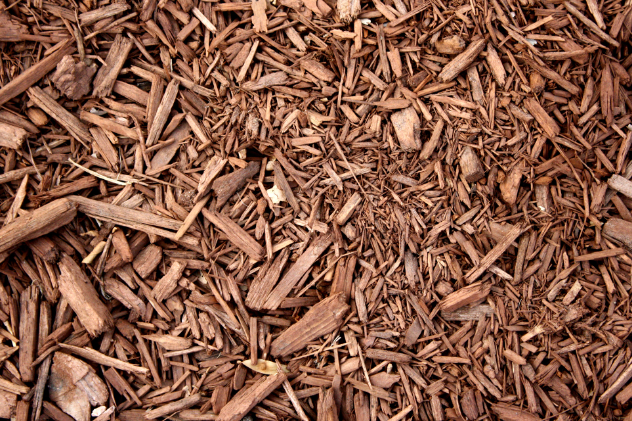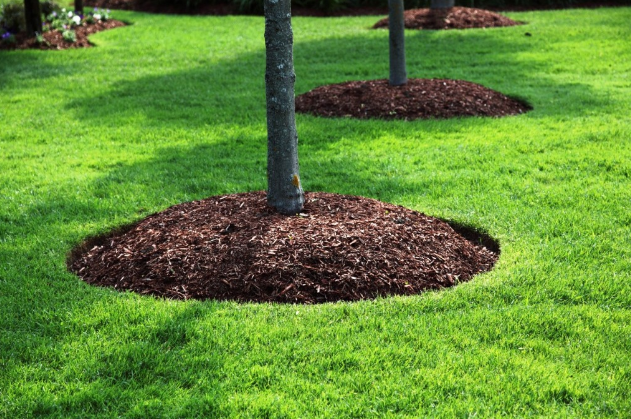Mulching fruit trees is incredibly important for their overall health and productivity. Let me explain why.
Mulching involves applying a layer of organic material around the base of fruit trees. This material acts as a protective blanket that offers numerous benefits. Here's why it's so important:
1. Moisture Retention:

Mulch helps retain soil moisture by reducing evaporation. It acts like a sponge, holding onto water and gradually releasing it to the tree's roots. This is particularly crucial during hot and dry periods when trees need consistent hydration to thrive.
2. Weed Suppression:
Mulch creates a barrier that inhibits the growth of weeds around fruit trees. By smothering weeds, mulch prevents them from competing with the tree for essential nutrients, water, and sunlight. This allows the fruit tree to utilize these resources efficiently.
3. Temperature Regulation:

Mulch acts as an insulating layer, moderating soil temperature. During hot summers, it keeps the soil cooler, protecting the tree's roots from extreme heat. In colder months, it helps to maintain a more stable and warmer soil temperature, preventing root damage from freezing.
4. Nutrient Enhancement:
As organic mulch decomposes over time, it enriches the soil with nutrients. These nutrients are gradually released into the soil, providing a constant supply of food for the fruit tree. This natural fertilization encourages healthy growth and better fruit production.
Now, let's talk about the types and quantities of mulch to use for different-sized fruit trees:
1. Small Trees (Young and Newly Planted):

For small fruit trees with a trunk diameter of 1-2 inches, apply a layer of mulch around 2-3inches deep. Use finer mulch materials like wood chips, straw, or shredded leaves. Make sure to leave a small space around the base of the tree to prevent direct contact with the trunk.
2. Medium Trees (Established but Still Growing):
Medium-sized fruit trees with a trunk diameter of 3-5 inches can benefit from a mulch layer around 3-4 inches deep. You can continue using finer mulch materials or switch to larger wood chips, bark, or composted materials.
3. Large Trees (Mature and Fruit-Bearing):

Larger fruit trees with a trunk diameter exceeding 5 inches can handle a thicker layer of mulch, around 4-6 inches deep. Coarser mulch materials like wood chips, bark nuggets, or straw can be used. Ensure the mulch layer extends well beyond the drip line (outermost reach of the branches) to cover the tree's entire root zone.
Comments